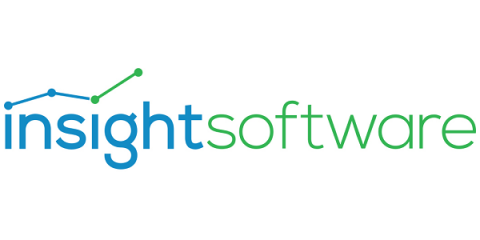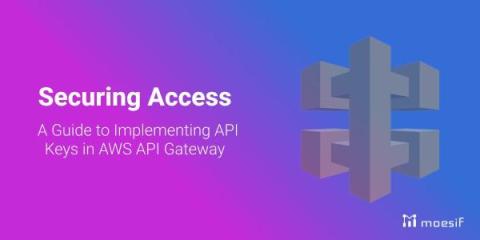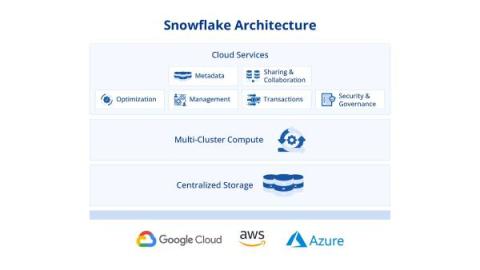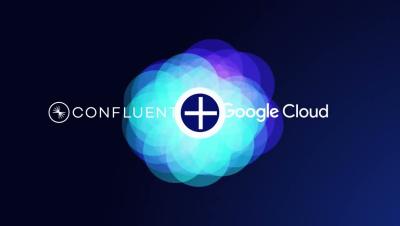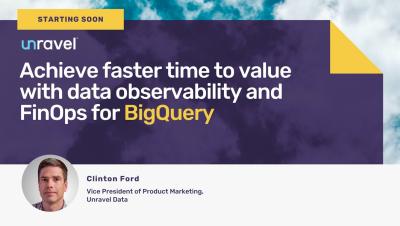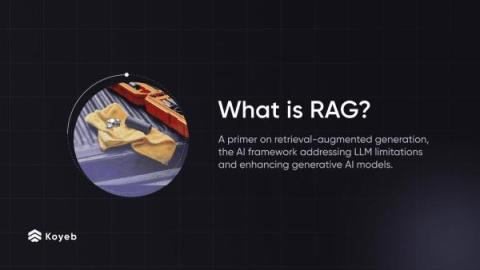Building Serverless Apps with the AWS CDK Using TypeScript
The AWS Cloud Development Kit (CDK) lets you build serverless applications with the expressive power of a programming language like TypeScript. The CDK defines cloud infrastructure in code and deploys via AWS CloudFormation. In this post, we will build a Lambda function, an AWS Gateway API, and an S3 bucket to upload CSV files. The API will take requests in JSON and seamlessly convert them to CSV format. We will use the AWS CDK in TypeScript to reliably deploy our app through AWS CloudFormation. Ready?




